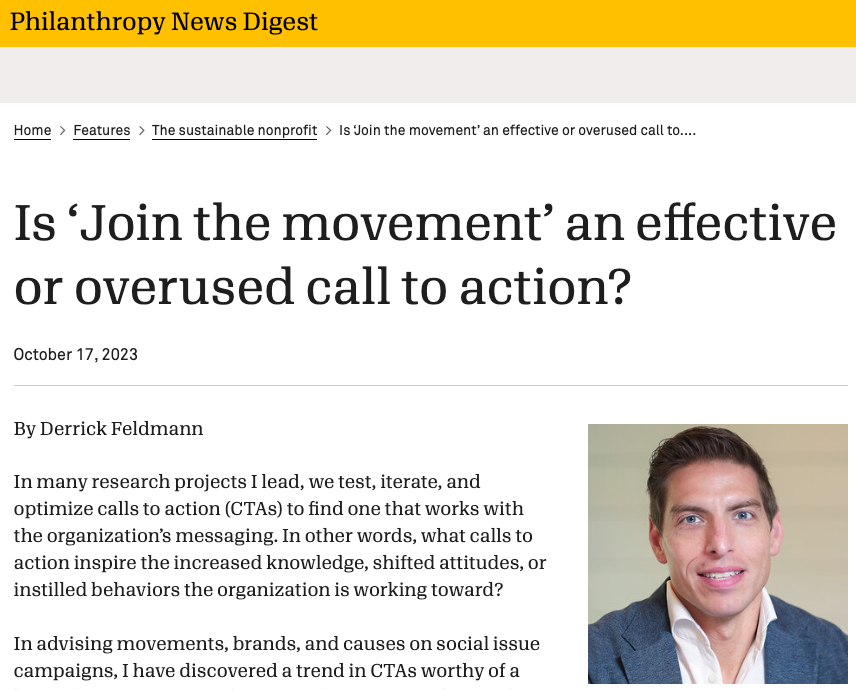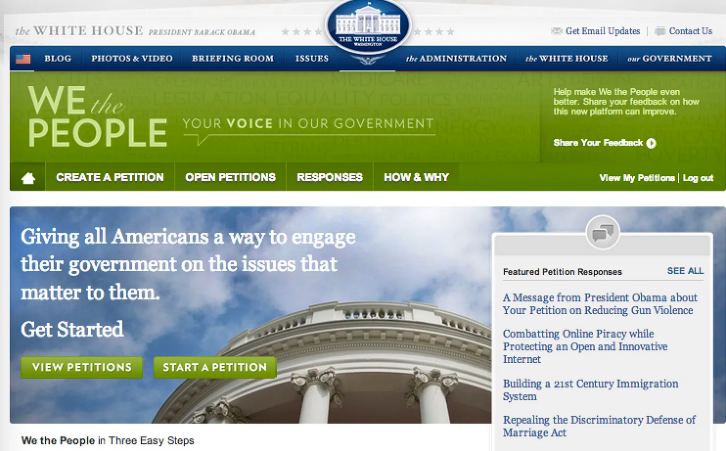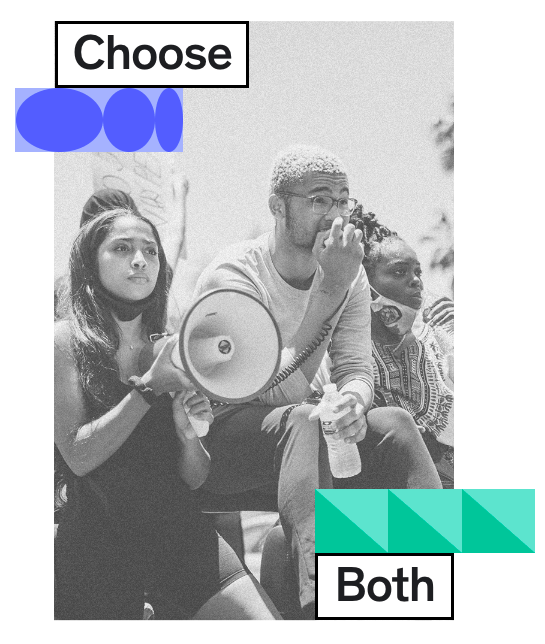Resources
Search below for resources covering the intersection of climate engagement, social science and data analytics.
RESULTS
The attitude-behavior gap on climate action: How can it be bridged?
There is a large gap between people’s interest in climate activism and their self-reported actions. Social norms are linked with increased follow-through. First, there is a big difference between those who say that they “definitely” or “probably” would take an action. Americans who follow through on climate activism tend to feel more social pressure to do so.
Behind the scenes of Sunrise’s volunteer-led phone bank program
In the spring of 2020, Sunrise Movement had a goal of making 300,000 phonebank calls on six congressional primary races. Sunrise decided to create volunteer teams to manage other volunteers, liaise with campaigns, set goals, and develop strategy. The volunteer leaders of these teams took on a level of responsibility and autonomy typically reserved for staff. The team members took responsibility for setting goals, creating strategy and tactics, liaising with campaigns, and managing the work of thousands of other volunteers.
Is ‘Join the movement’ an effective or overused call to action?
“Join the movement” is a compelling call-to-action (CTA) with people who are already persuaded and more likely to engage anyway. Those who join in response to this CTA tend to already be aligned with the organization’s position and demands, advocating for the social issue and/or participating in a similar movement or organization. “Join the movement” is ineffective with people who aren’t already receptive. Those not already in alignment with, knowledgeable about, or still in the formative stages of deciding where they stand on a social issue are less inclined to engage or see this CTA as motivational (regardless of how “Join the movement” is framed).
The emerging picture of the most-often cited challenges grassroots groups are facing currently includes: 1) Help with building intersectional narratives and coalitions to link struggles together; 2) Activist safety & security in repressive environments; 3) Maintaining activist engagement and working together efficiently in groups; 4) How to secure funding for grassroots organizing and how to report impact; 5) How to build effective strategy within non-hierarchical structures; 6) Managing burnout among activist communities & collective care. The Global Grassroots Support Network is a collection of 84 seasoned grassroots organizers, campaigners, coaches and more. The Network supports struggles for climate justice, reproductive justice, LGBTQIAS+ rights, housing justice and workers’ rights. These members currently come from: Australia, Canada, Denmark, France, Germany, Ireland, Kenya, the Netherlands, New Zealand, Nigeria, Spain, Tanzania, Turkey, Uganda, the U.S., UK and Zimbabwe. If you’re excited by the mission of supporting grassroots justice-oriented activists, the Network has lots of room for new members and you can commit the amount of time that is accessible to you, and the input that supports your mission.
On the declining relevance of digital petitions
Digital petitions are a mostly-outdated tactic now. Both our politics and our media environment have moved in directions that render them less useful. Where petitioning used to be the central tactic in a digital campaigner’s toolbox, the Trump years saw a rebirth of collective, place-based mobilization. They were years of record-setting marches and participatory local-level civic engagement. Plus we’ve seen a renaissance in union organizing these past few years. But still, the relevance of petitions has diminished—related to the pervasive sense that government officials no longer behave as though listening to and representing citizens is a core part of the job. And it’s a reminder that most of our digital behavior is downstream of a small handful of quasi-monopolistic companies. If American Democracy is going to make it through the next decade, we are going to need better elites. I suspect, if that happens, we will happen to see digital petitions make a comeback. In the meantime, campaigners will do the best with the tools they have available—they’ll develop tactical repertoires that fit the changing media environment and respond to the political opportunity structure.
The climate movement has a recruiting and retention problem – here’s how we fix it
Bringing more people into the climate struggle starts with transforming movement culture and opening diverse paths to entry. This article presents findings from a study of the Australian climate movement. One of the biggest themes heard from groups was the challenges they face in recruiting and retaining staff and volunteers with the skills, experience and capacities needed for climate justice work. First and foremost, we need to attend to the reasons why people experience barriers in stepping into climate work — including volunteering — by creating excellent cultures that motivate diverse and skilled people to join and stay in the movement for the long term. Second, to improve our culture, we need to open the doors as wide as possible, by creating accessible pathways into the movement for more people and, especially, for folks from more diverse backgrounds. This article gives specific ways to do each of these.
Nuts and Bolts for Building Resilient Organizations
These are the skills that leaders need to develop in order to build resilient organizations. Humility: A culture of humility lowers everyone’s blood pressure, providing the key foundation for people to be able to work through their differences together. Self-discipline: Self-discipline builds power at scale. Imposed discipline occasionally has its place (firings, etc.), but anything held together only through imposed discipline will be a lot smaller, more fragile, and less powerful than an adaptable, decentralized organization with self-disciplined leaders. To create self-disciplined leaders, we emphasize the skills of simplicity, habits, and joy. Love: It’s valuing people for who they are, seeing the best in them, and figuring out how to integrate people together into mutually beneficial relationships.
Choose Both
Choose Both is a collection of movement builders, supporters, and mobilizers helping partners realize a more open, just, and habitable world. They believe that pursuing equity for marginalized folks is the only way to get there. They work with storytellers, campaigners, designers, and more transforming the way that organizations and initiatives take on racial equity as an impact priority. Choose Both identified 5 key decision-points where these partners can choose both equity and evidence to strengthen their impact. First, choose goals that both capture new visions and meet existing needs. Second, choose storytelling that’s both emotional and technical. Third, choose to reach both loyal audiences and new communities. Fourth, choose to both consider data and challenge bias. Fifth, choose reporting that both inspires your own community and accounts for others.
Deep Canvassing Lessons Learned with Kentuckians for the Commonwealth
Join Kentuckians for the Commonwealth to learn more about their deep canvassing efforts, lessons learned, and best practices from their on-the-ground experience. During this webinar, participants will hear from the folks involved about how deep canvassing can be a powerful tool for bringing new people into the climate justice movement as well as how learnings might be applied to other climate deep canvass and relational conversation programs across the country.
Raise your hand if you want a better volunteer program
Planned Parenthood’s National Volunteer Program grew in size, scope, and influence from the summer to the end of the year in 2022. It did so by focusing on investing in and developing volunteers into leaders to keep momentum going around winning back abortion access. Here are some key strategies NVP used: Hosting weekly mobilization calls to welcome all volunteers into NVP and ensure people are getting plugged into immediate actions in less than 24 hours of event attendance; Volunteers self-selecting into text banking, phone banking, social media, community mobilization, and/or storytelling—each team has a weekly team call with multiple opportunities for volunteers to step up to be coaches for newer team members; Peer-to-peer texting keeps people plugged into opportunities within each team and is a primary source of information for volunteers; Running large Zoom calls for all volunteers to help deepen their understanding about abortion stigma, get skills-based training to become better storytellers or host teach-ins on their own, learn how to lobby, and participate in phone banks that support states at the local level to stop anti-abortion legislation; Having volunteers lead calls, facilitate meetings, speak out about their own experiences, and have a sense of ownership over the success of their teams; Organizer staffing and team management: Ensure there is a staffing team that can support your scaling volunteer program. An organizer is an essential part of a scalable snowflake model, and on average one organizer can manage 10-20 volunteer leaders, a volunteer leader can coordinate with an average of 5 volunteers, which can result in one organizer supporting a volunteer team size of 50-100 volunteers.
Pagination
- Page 1
- Next page








